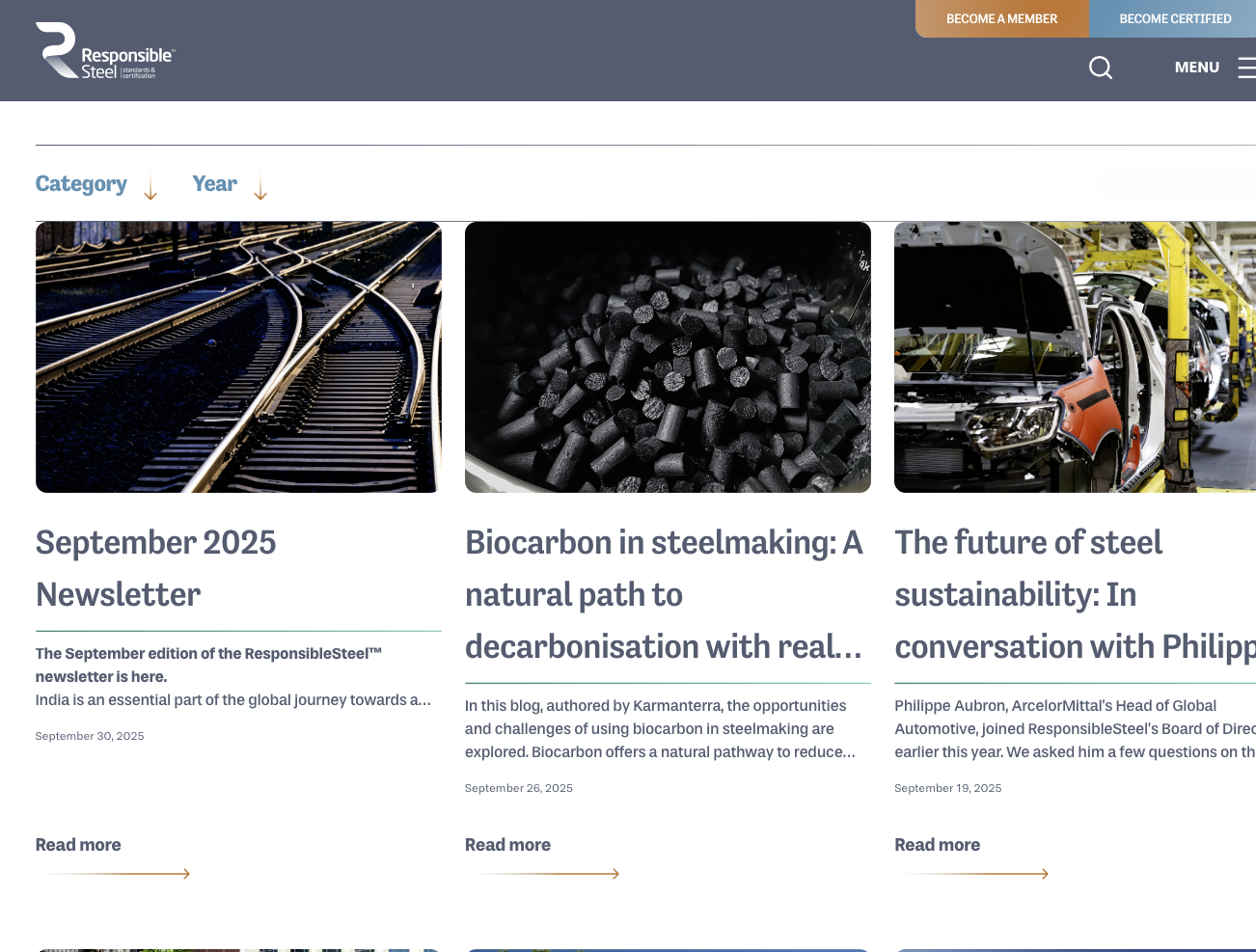Biochar has been extensively studied, representing over 50% of the CDR related studies in 2021, despite the efficacy shown across the available literature, the industry, while promising, is still nascent. Karmanterra is one of a handful of companies developing production facilities globally and is encouraged by new, comprehensive research that shows Biochar is indeed a critical tool for reducing our collective carbon footprint. In a new groundbreaking study entitled "Biomass residue to carbon dioxide removal: quantifying the global impact of biochar," the authors shed light on the tremendous impact biochar can have as a sustainable carbon dioxide removal strategy. We have pulled together a synopsis of the study below to give you a quick read on the potential of this shovel-ready solution.
Biochar: A Solution for Our Carbon Woes
Biochar is a carbon-rich material formed through the high-temperature conversion of biomass under reduced oxygen conditions. It offers a unique approach to combat climate change. Unlike many other CDR technologies, biochar is scalable and can be immediately deployed to remove carbon dioxide from the atmosphere. This study provides a generalized framework for assessing the potential contributions of biochar to national and global carbon emissions reduction goals.
The research focuses on using sustainably supplied biomass, such as agricultural residues, livestock waste, forestry byproducts, and wastewater treatment materials. The results are nothing short of groundbreaking. Over a 100-year timeframe, biochar has the potential to remove 6.23 ± 0.24% of total greenhouse gas emissions in the 155 countries covered based on 2020 data. In 28 countries, this number exceeds 10% of national emissions. The implications are profound. Biochar can play a significant role in worldwide CDR strategies, providing a crucial pathway to stabilize the atmospheric concentration of greenhouse gases and combat climate change within the next decade.
Biochar in the Context of CDR Technologies
The global shift towards carbon reduction has seen the development of several technologies designed to replace fossil fuel combustion, including solar panels, wind turbines, battery electric vehicles, and fuel cells. Many nations have initiated policies to incentivize the adoption of these technologies. However, the focus has been primarily on emission displacement rather than carbon removal. In contrast, CDR technologies are less common, making it essential to conduct systematic assessments for future decision-making.
The study by Lefebvre and his team highlights eight CDR technologies at a Technology Readiness Level (TRL) of 6 or higher. Biochar is one of these technologies. It has a unique position as it offers not only carbon removal but also various other benefits, including reducing native soil organic carbon mineralization, which can further enhance its role in CDR strategies. The versatility of biochar is showcased in various applications, such as the production of biochar from sugarcane bagasse in Brazil, olive tree trimmings in Spain, and forest residues in Norway.
Biochar can be a regional and national game-changer. For instance, a hypothetical bioenergy infrastructure in California, combining digestate from anaerobic digestion and biochar from gasification, could offset 80–350% of the state's annual emissions. In China, biochar production from crop residues could lead to a 4.5% reduction in annual national carbon emissions. In China and other regions, pyrolysis "poly-generation" of biochar and other co-products presents an attractive alternative to Bioenergy with Carbon Capture and Storage (BECCS).
A Global Perspective on Biochar's Potential
The groundbreaking aspect of the study lies in its comprehensive approach to consider the potential benefits of deploying biochar technology in every country across all global regions. It assessed the net avoided greenhouse gas emissions from biochar production on a national scale, making it one of the most exhaustive analyses of biochar's potential impact on a global scale.
The study's methodology involved quantifying biomass residue resources from four categories: crop residues, animal manure, forestry wood residues, and wastewater biosolids. By utilizing data from sources like the Food and Agriculture Organization of the United Nations (FAO) and the World Health Organization (WHO), the study derived a clear understanding of the biomass residue available for biochar production in different countries.
Global View of Biochar's Potential for Carbon Dioxide Removal
The results are both informative and enlightening. The study reveals that biochar has the potential to make a significant impact on CDR efforts in multiple countries. The countries with the most substantial biochar carbon potential in absolute terms include China, the United States, Brazil, and India. For instance, biochar can offset 468 Mt CO2e year−1 in China, 398 Mt CO2e year−1 in the U.S., 303 Mt CO2e year−1 in Brazil, and 225 Mt CO2e year−1 in India.
The study also identifies regions with high biochar carbon potential relative to national emissions. These concentrated regions include South America, northwestern Africa, and eastern Europe. Such insights are invaluable for prioritizing biochar implementation strategies on a global scale.
The study further highlights that a select few agricultural residues dominate the biochar production potential in many countries. For example, rice, maize, wheat, and other crops stand out as major contributors to biochar carbon production. These findings underscore the importance of strategically focusing on the most widely produced crops to drive the adoption of biochar production technologies.
Biochar as a Path to a Sustainable Future
The work significantly expands our understanding of biochar's potential as a tool to combat climate change. This comprehensive analysis showcases biochar's role in a sustainable and scalable carbon dioxide removal strategy, offering a potential carbon sequestration rate of 6.23% or more of total greenhouse gas emissions in many countries.
As we seek to accelerate global decarbonization and confront the climate crisis head-on, the findings from this study provide a roadmap for nations worldwide. By harnessing the power of biochar and focusing on readily available biomass resources, we can make substantial progress toward achieving our carbon emissions reduction goals, making it crucial for policymakers and industries to prioritize biochar adoption now.
Biochar is not just another CDR technology; it is a game-changer, a global solution that offers an accelerated pathway to combat climate change. As nations strive to meet their carbon reduction targets, biochar has emerged as a sustainable, scalable, and potent ally in the fight against climate change.

















